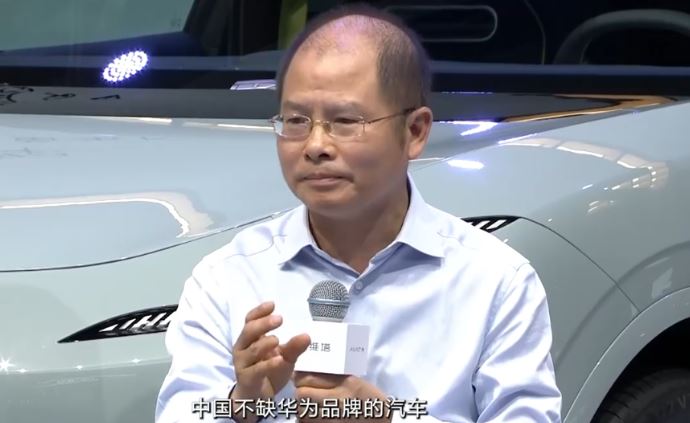
6-29 #RolePlay : TSMC will start building 5 new factories in Taiwan and overseas in 2022; Xiaomi is allegedly looking to bring LTPO displays that go down to 1Hz to its mid-range smartphones; Sharp has turned LCD factory operator Sakai Display Products into a wholly owned subsidiary; etc.

TSMC President C. C. Wei has mentioned that TSMC will start building 7 factories in 2021, and will start building 5 new factories in Taiwan and overseas in 2022. TSMC’s gigafab expansion plans typically include adding 2 new fabs per year, as was the case from 2017 to 2019. However, in 2020, TSMC built 6 new factories, including advanced packaging factories. In 2021, 7 factories will start construction, covering Taiwan and overseas, while increasing advanced packaging capacity. In 2022, 5 new factories are expected to be built around the world. According to TSMC’s internal plan, 5 new factories around the world in 2022 include Japan’s Kumamoto wafer fab 23, which will start construction in Apr 2022, which is expected to be put into production in 2024, and Taiwan’s Zhuke Baoshan 2nm wafer fab 20 in Apr 2022. The land leasing process has been started one after another, and it is generally expected that the 2nm factory will be available in Jun 2022. The third is Kaohsiung Fab 22. TSMC announced on 9 Nov 2021 that it will invest in a new plant in Kaohsiung, where it will build a 12” wafer fab to produce 7nm and 28nm processes. The plant is expected to start construction in 2022 and mass production in 2024. The fourth is that the 3nm of Nanke Wafer 18 will enter mass production and follow-up expansion. The fifth is the mature process expansion of the 16th fab in Nanjing, China.(CN Beta, UDN, Yahoo)
Bloomberg’s Mark Gurman has outlined additional M2 Macs on Apple’s product roadmap, including new Mac mini models with M2 and M2 Pro chips, new 14” and 16” MacBook Pro models with M2 Pro and M2 Max chips, and a new Mac Pro tower with M2 Ultra and “M2 Extreme” chips. Following the M2 series of Macs, Gurman has said the first M3 series of Macs will include an updated 13” MacBook Air, an all-new 15” MacBook Air, a new iMac, and potentially a new 12” notebook that is “still in early development”. Gurman has said Apple is developing several additional devices that could launch later 2022 and beyond, including a new Apple TV with an A14 chip and an increased 4GB of RAM, a new HomePod with the same S8 chip coming to the Apple Watch Series 8, an AR/VR headset that may have an M2 chip and 16GB of RAM, iPad Pro models with the M2 chip, a new low-end iPad with an A14 chip and a USB-C port, new AirPods Pro, and more. (MacRumors, Bloomberg)
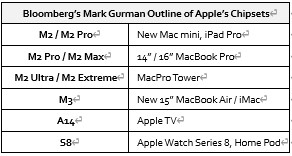
According to TrendForce, global wafer foundry capacity will increase by approximately 14% annually in 2022. Since expanding 8” capacity is not cost-effective and its growth rate is much lower than the overall industry average, 8” capacity will grow approximately 6% annually, while 12” capacity will grow 18% annually. Of this new capacity, approximately 65% of new 12” capacity will be in mature processes (28nm and above) with an annual growth rate of 20%. It is obvious that in 2022, most wafer foundries will focus on 12” wafer production capacity, with the main driving force behind production expansion coming from TSMC, UMC, SMIC, HuaHong Group’s HHGrace, and Nexchip. As the recent expansion activities of process nodes above 28nm focus on the diversified development of specialty processes, TrendForce has analyzed the recent trends of these specialty processes based on products such as Power-related, MCU, and AMOLED driver ICs. (TrendForce, TrendForce)
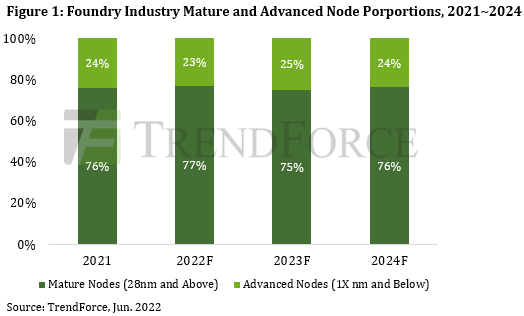
For the last several years, Apple has been working to develop its own 5G modem chip so that it will not need to rely on Qualcomm as a supplier, but according to TF Securities analyst Ming-Chi Kuo, Apple’s efforts “may have failed”. He suggests that development on the chip has stalled, which means Qualcomm would remain the exclusive supplier for 5G chips for the 2023 iPhone models. Previously, Kuo believed that Apple’s 2023 iPhones would use modem chips designed in-house rather than Qualcomm chips. Qualcomm is now expected to supply 100 percent of chips for the 2023 iPhone models, rather than just 20 percent. Kuo expects that Apple will continue to develop its own 5G chips, but it will take more time for the work to be completed and satisfactory for use in iPhones and other devices. (Twitter, CN Beta, MacRumors)
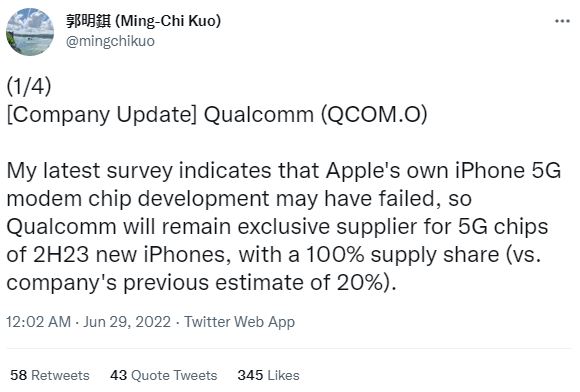

Mini LED applications have led the trend of Apple’s adoption in the past 2 years, but it has recently been reported that Apple will switch to OLED in 2024 after using Mini LED technology for three years. In this regard, Fucai, a leading manufacturer of Mini LED, has said that the application of Mini LED is increasing year by year and the future is optimistic. Micro LED will also join the high-end display field after 2024. At that time, Micro LED, Mini LED and OLED will each own the market. Fucai has pointed out that in terms of end applications, Mini LED and OLED currently have different applications due to different characteristics and prices. If we look at 2024, it was originally expected that Micro LED shipments and applications have begun to explode. By then, high-end displays The field will be the coexistence of Micro LED, Mini LED and OLED, each owning the market, and the influence of a single brand factory will be weakened in the future. Fucai further analyzed that in the future in the display field, the smallest AR and VR must use Micro LED; mobile phone display screens will be mostly OLED; as for medium-sized display laptops and monitors, Mini LED and OLED will coexist. (Laoyaoba, UDN)
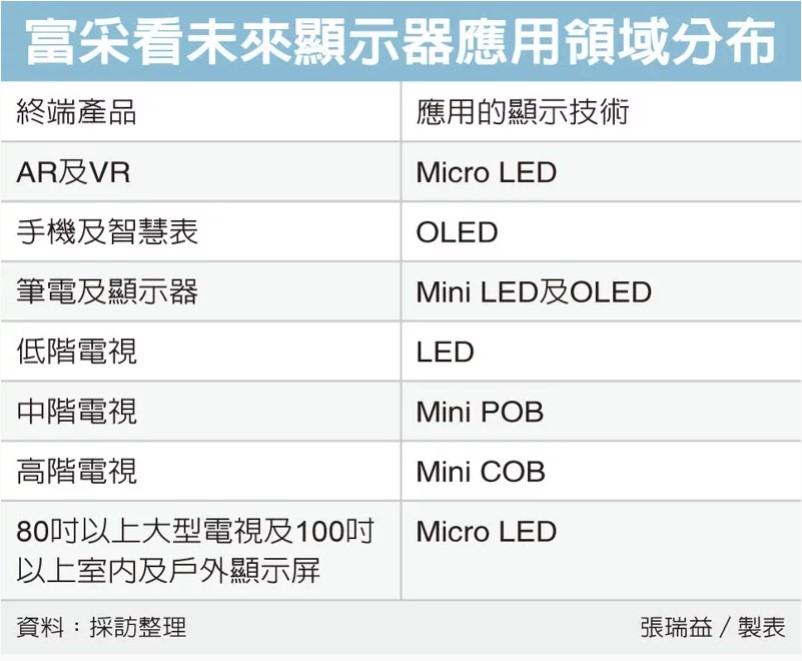
Xiaomi is allegedly looking to bring LTPO displays that go down to 1Hz to its mid-range smartphones. Xiaomi is seemingly testing such a display, which is believed to be supplied by TCL CSOT, in one of its mid-range smartphones. That display supports a 120Hz refresh rate, can go down to 1Hz, and it also offers DC dimming. (Android Headlines, Weibo)

Samsung is reportedly attempting to make microLED TVs more affordable (or less expensive) by adopting LTPS TFT panels instead of using the current PCB method. These first LTPS TFT microLED TVs could hit the market by the end of 2022. Samsung is now planning to start manufacturing its new microLED TVs in the 3Q22. The company is expected to produce these TV models in three sizes: 89”, 101”, and 114”. Despite Samsung’s efforts to reduce the price of microLED by switching to LTPS TFT panels, its upcoming trio of TVs will still exceed the KRW100M mark (~USD77,164). The LTPS TFT glass substrate needed here will be produced by Taiwanese panel maker AUO. (CN Beta, SamMobile, The Elec, 163.com)
Bloomberg’s Mark Gurman has indicated that Apple’s iPhone 14 Pro model (to be released in 2H22) is expected to feature always-on displays that allow users to view glanceable information without having to tap to wake the screen. He has said the feature will include support for iOS 16’s new Lock screen widgets for weather, fitness, and more. The always-on display will also likely be able to show the time, date, and unread notifications indicator. The iPhone 14 Pro’s always-on display mode should preserve battery life with a combination of lower brightness and a low refresh rate. (MacRumors, Bloomberg)
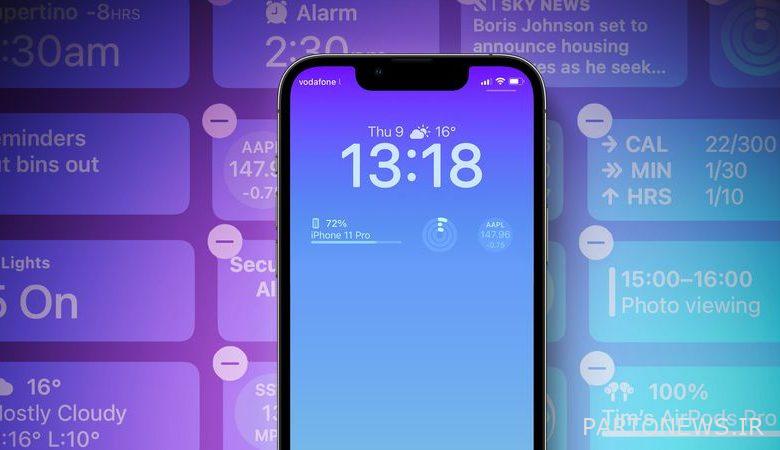
According to Transparency Market Research, the value of the global flexible display market stood at USD 14.9B in 2021. The market is likely to expand at a CAGR of 33.1% during the forecast period, from 2022 to 2031. The global flexible display market is predicted to surpass the valuation of USD242.6B by 2031. Flexible displays include characteristics such as plastic-like thinness, lightweight, and durability, as well as the flexibility to be curved accurately and utilized in a variety of smart devices. Flexible display manufacturers & suppliers are also concentrating on modern electronics breakthroughs such as miniaturization, organic electronics, and improved materials. In order to diversify their income sources, they can take advantage of incremental opportunities in flexible display technologies. (GizChina, PR Newswire)
Sharp has turned LCD factory operator Sakai Display Products into a wholly owned subsidiary for an estimated JPY40B (USD296M). Sharp previously held a 20% stake in SDP, which produces large display panels for televisions in the city of Sakai, near Osaka. The Sakai plant began operating in 2009. An asset management company under Hon Hai founder Terry Gou later acquired a majority of SDP amid Sharp’s financial crisis and had sold the stake by 2019. Sharp sees the acquisition as an opportunity to start increasing production of small and midsize panels in order to improve profitability.(CN Beta, Laoyaoba, Asia Nikkei, Financial Assets)
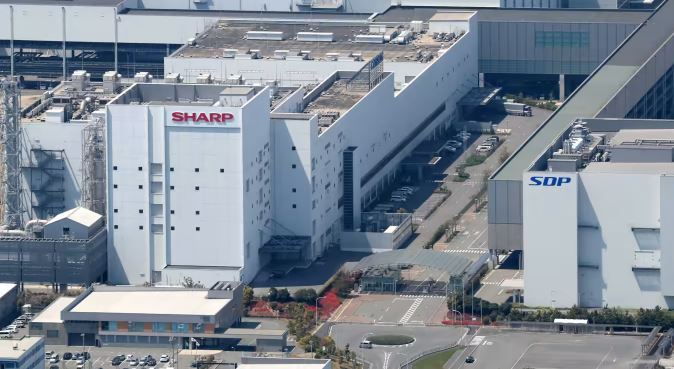
Samsung Display has reportedly acquired display company Cynora GmbH for about USD300M gaining technology for so-called OLED screens. As part of the deal, Samsung acquired Cynora’s intellectual property and technology but not its engineers. The Bruchsal, Germany-based company terminated its workforce in recent weeks as part of the transaction. Samsung was already an investor in Cynora, with LG Electronics and other display manufacturers also backing the startup. (Bloomberg, Yahoo)

Back in Feb 2022, OPPO announced that it has developed 240W SuperVooc charging technology that can juice up a 4,500mAh battery in just 9 minutes. OPPO is reportedly now trial-producing a 24V-10A 240W charger. (GizChina, 91Mobiles, Gizmo China, Weibo)

LG Electronics has now bolstered its position within the electric vehicle charging industry with its latest acquisition of AppleMango, a South Korean firm specializing in the technology. The acquisition, which was made jointly with GS Energy, an EV charging station operator, and GS Neotek, an IT provider, will allow LG to take advantage of future business opportunities. The acquisition size is estimated at KRW10B (USD7.8M). LG plans to set up an EV charger production line at LG Digital Park in South Korea by the end of this year, aiming to provide customized EV charging solutions for private residences, shopping malls, hotels and public institutions.(CN Beta, HypeBeast, TechCrunch, KED Global, LG, MK)
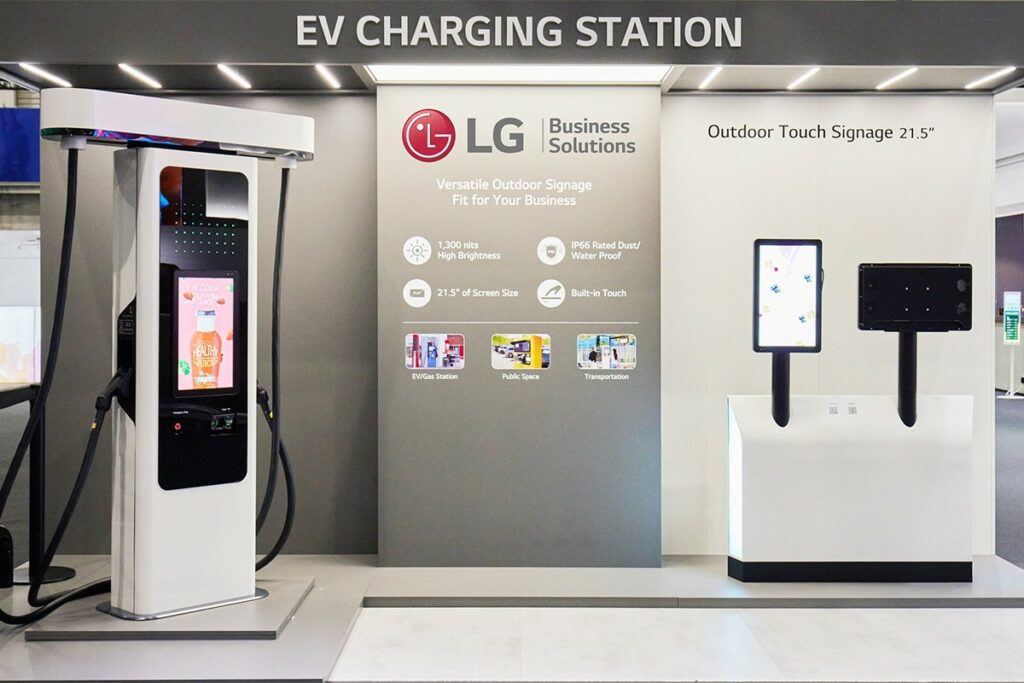

According to Credit Suisse analysis, smartphone production plans for 2022 were 1.6B (+14% YoY) in Dec 2021 but had been cut to 1.5B (+9% YoY) as of the previous survey (in Mar 2022), mainly due to Chinese smartphone makers. However, in Apr–May 2022, Chinese smartphone makers and Samsung Electronics sharply lowered their production targets, with overall smartphone output now pegged at 1.33B units (−3% YoY) as of this survey (Jun 2022). However, there may be further potential downside from Xiaomi, Samsung Electronics, and Apple’s iPhone among others and think production could ultimately be down 7% YoY at 1.28B units. Demand for the iPhone is brisk, but they see a strong likelihood of a shortfall given that Apple has, as usual, set bullish production targets. By maker, iPhone demand remained strong, and Honor and Huawei were also solid. However, Xiaomi, OPPO, and vivo struggled both in China and in exports to emerging markets. Samsung’s flagship models were solid, but it struggled in mid-range and low-end models for Europe and emerging markets. Samsung sales in the mid-range and low-end segments were weak. (Credit Suisse report)
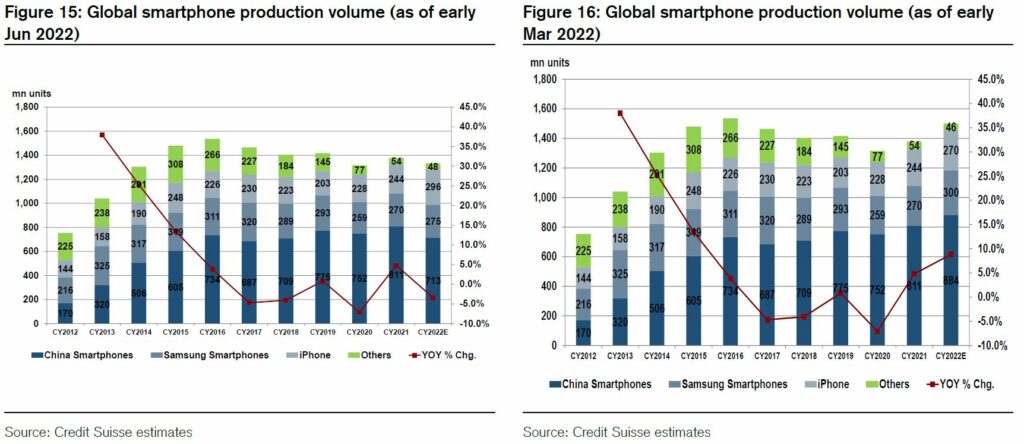
Credit Suisse pegs production outlook at 180M units (−6% YoY) for Xiaomi, 160M (−21%) for OPPO, 115M (−21%) for vivo, 35M (−12%) for Huawei, 60M (+34%) for Honor, 275M (+11%) for Samsung Electronics (+2%), and 296M for Apple (+21%). It appears the 5 major Chinese smartphone makers are projecting production of 549M units (−12% YoY) out of total production of 1,332M smartphones (−3%). However, Credit Suisse understands that production volume at Xiaomi and Samsung Electronics could fall 10–20M units short of plans, and iPhone production is bullish (as usual) and is likely to be around 30–40M units below the target. Overall, they think production will likely fall to around 1,280M units. (Credit Suisse report)

According to Credit Suisse, Samsung’s product mix for the Galaxy A series (including the Galaxy S FE series) in 2021 was 28% for A0x, 29% for A1x, 10% for A2x, 13% for A3x, 1% for A4x, 10% for A5x, and 9% for others (including the Galaxy S FE series). In 2022, the company appears to be targeting a product mix for the A series (including the Galaxy S FE series) of 30% for A0x, 27% for A1x, 13% for A2x, 10% for A3x, 0–5% for A4x, 12% for A5x, and around 6% for others (including the Galaxy S FE series). (Credit Suisse report)
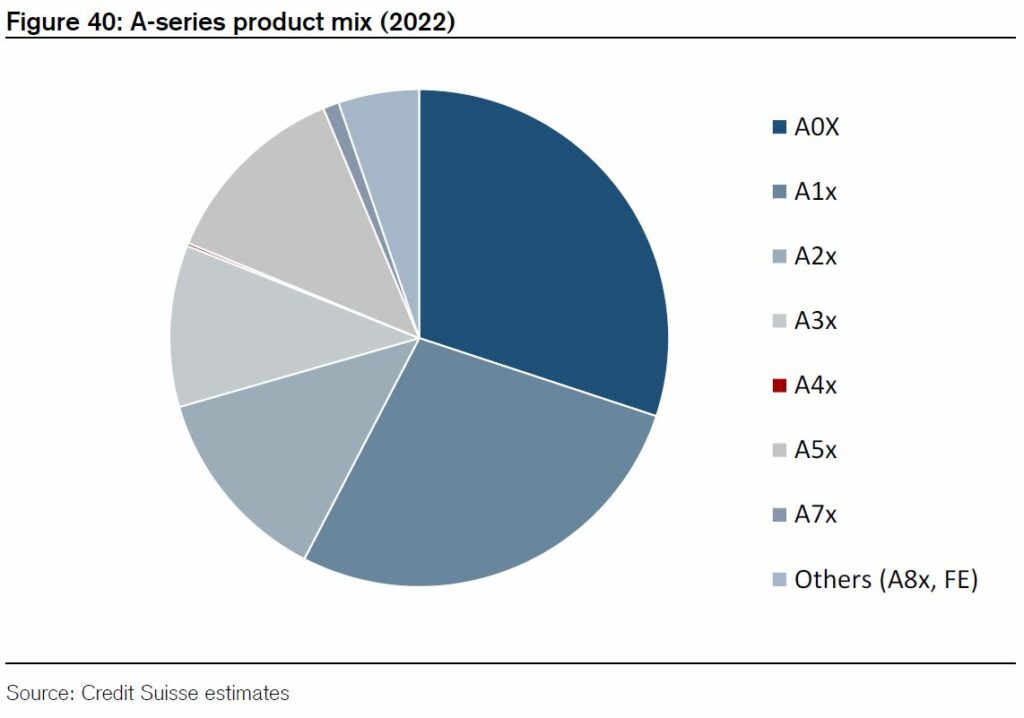
Credit Suisse estimates that 5G smartphone production totaled around 280M units in 2020 and around 560M units in 2021. As of the Sept 2021 survey, it appeared that Samsung was indicating to device makers that it intended to increase the ratio of 5G production from 25–30% in 2021 to 45–50% in 2022. However, 5G chipset prices remained high due to ongoing tight supplies. This impeded the shift to 5G in smartphones priced at USD200 or less. They further noted a growing risk that the transition to 5G could be delayed, particularly in emerging markets. As of their Dec 2021 survey, the aggregate 5G smartphone production plan for 2022 was around 750M units. As of the previous survey (Mar 2022), the production plan for 2022 was around 710-720M units. As of this survey (Jun 2022), however, the production plan had declined to around 660M units. While Samsung Electronics and the iPhone are likely to drive 5G smartphone production in 2022, major 5 Chinese smartphone makers are planning to reduce 5G smartphone production by 21% YoY. (Credit Suisse report)
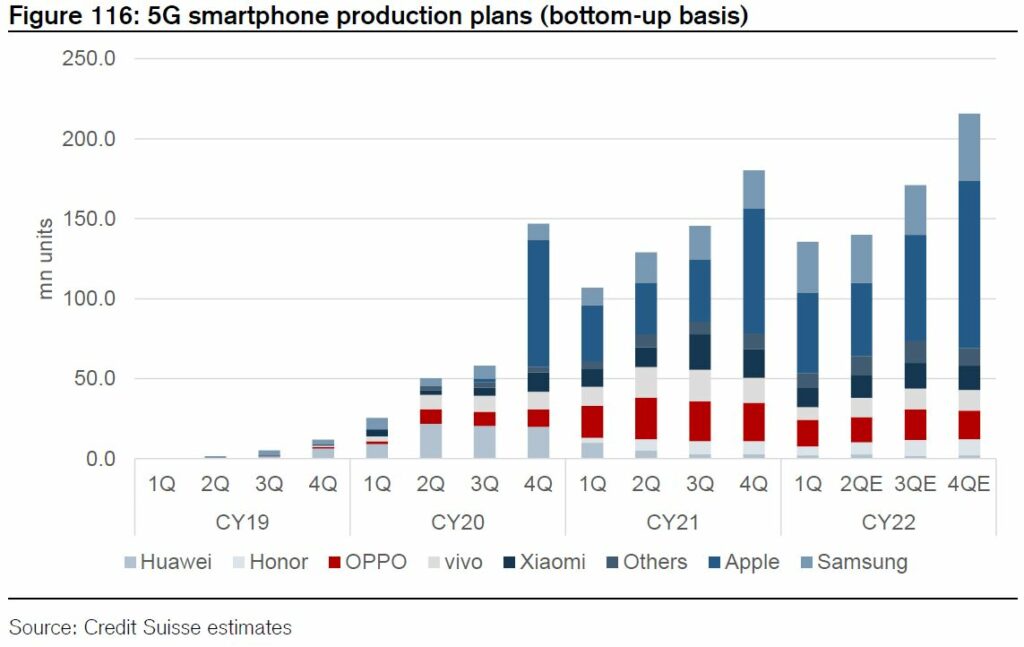
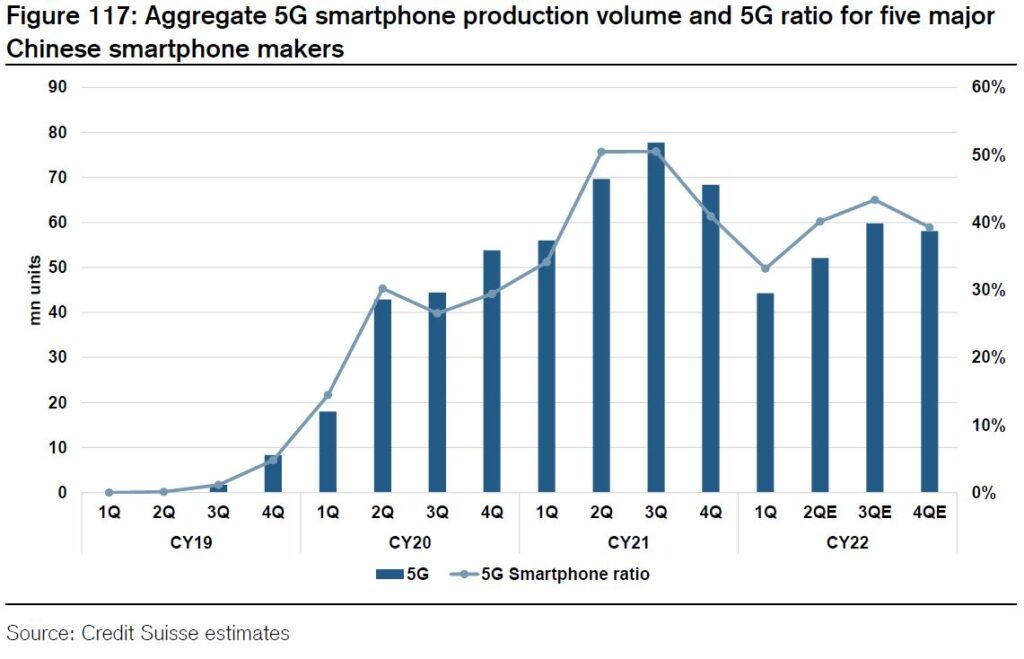

Esper’s Senior Technical Editor, Mishaal Rahman, has shared that Google will likely not release an Android 13L, a conclusion based on data found in AOSP (the open source build of Android). He said that Google has already hinted at Android 14 being on API level 34, while Android 13’s API level is 33. The API level is a unique identifier, and every Android version has one — it basically tells apps which set of APIs to use, so they work properly on device. Google sets these levels in sequential order. Meaning, Android 11 is API level 30, Android 12 is level 31, and Android 12L got assigned level 32. So, with Google giving API 33 to Android 13 and API 34 directly to Android 14, this means that, most likely, there wil not be an Android 13L. (Phone Arena, Twitter, Google Source)


Hon Hai has announced that it will spend USD13.5M to obtain notes issued by Lordstown EV Corporations, a subsidiary of its partner Lordstown Motors. Hon Hai expects to start producing Lordstown Motors’ first electric pickup truck, the Endurance, at its Ohio plant in the United States in 3Q22. In addition, Hon Hai is also working closely with another customer, Fisker, on vehicle design and supply chain. Hon Hai’s Ohio plant is also undergoing production line transformation and upgrading, which is expected to be in place in 1Q23. According to the cooperation plan between Hon Hai and Fisker, Hon Hai will mass-produce Fisker’s second electric vehicle PEAR in 2024, and the annual output is expected to reach 250,000 units in the future.(Industry Week, Fleet Owner, Laoyaoba, UDN, CNYES)
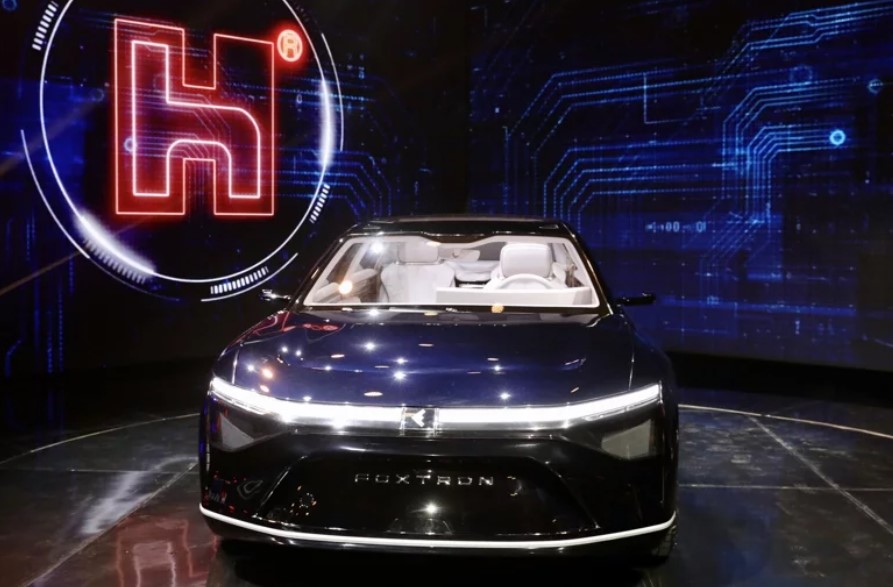
Huawei rotating chairman Eric Xu has said that after Huawei decided to start the auto business, he has visited the chairman and CEO of almost all Chinese auto companies, and during this period found Huawei’s position in the auto industry – China has no shortage of Huawei brand. cars, but lacks auto parts suppliers that really have the core technology. He has revealed that Huawei does not build cars. Based on the ICT technology accumulated over the years, it helps car companies to build good cars.(CN Beta, Sina, OfWeek)
